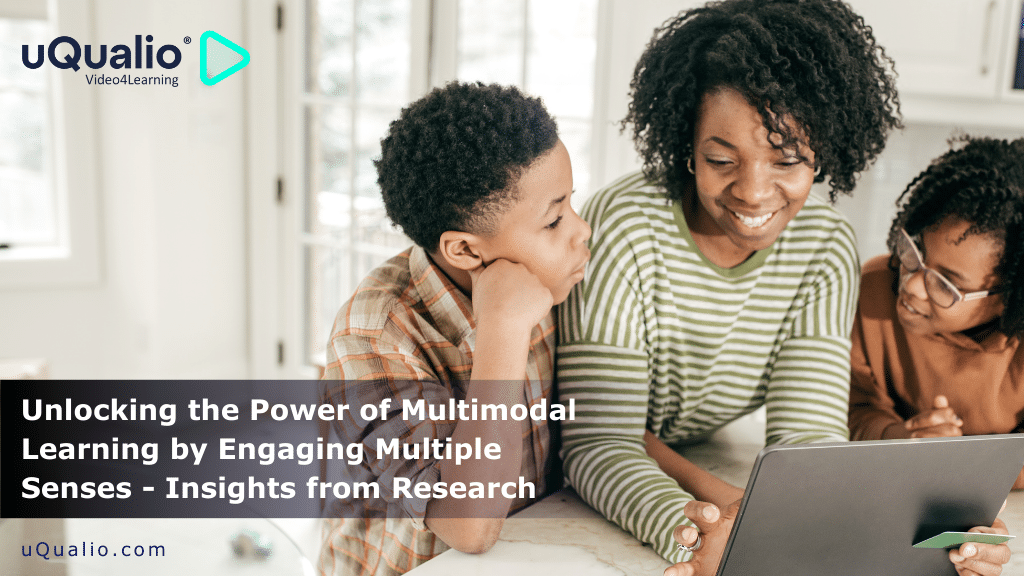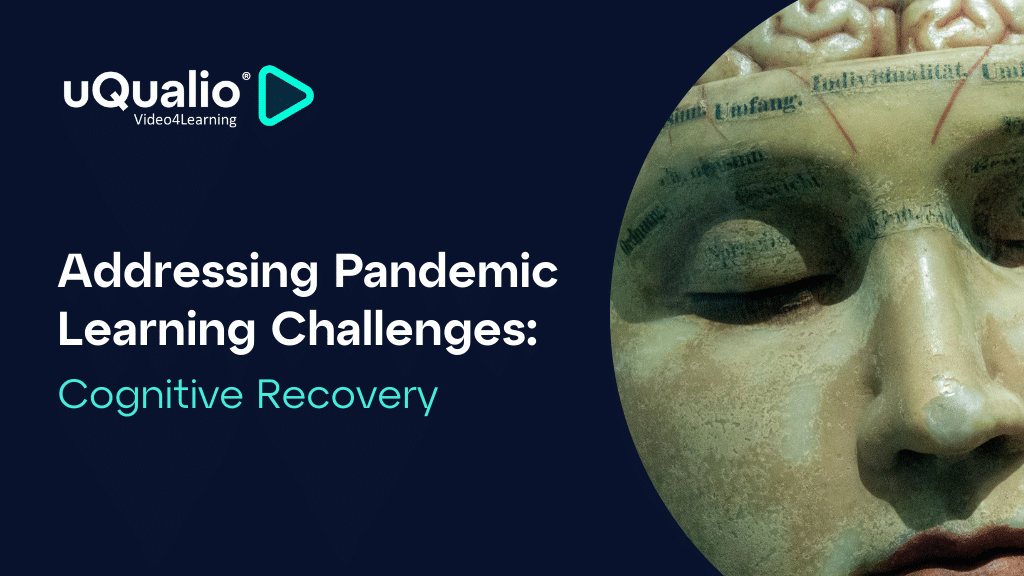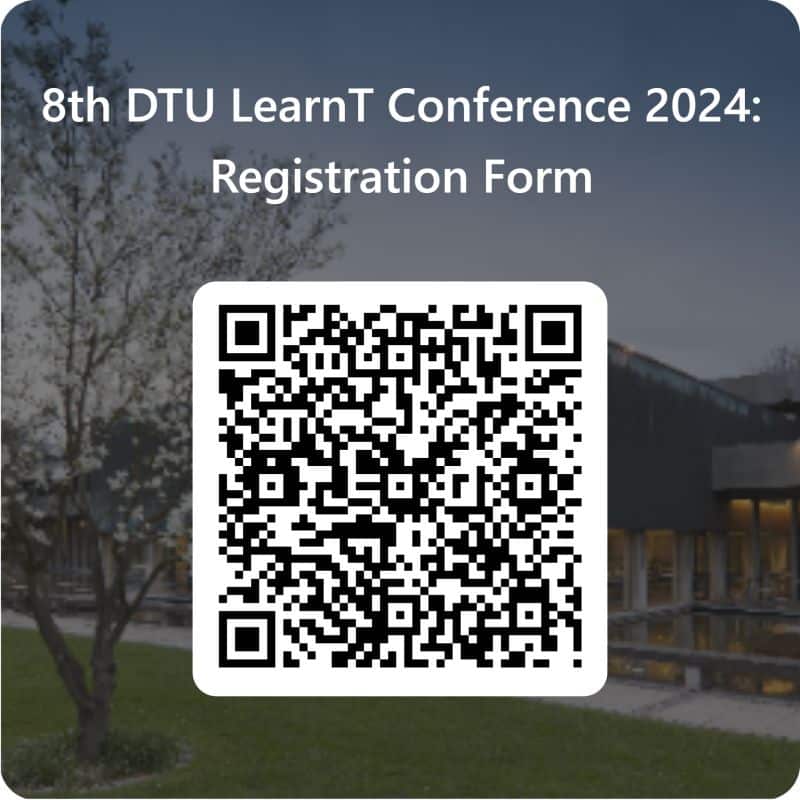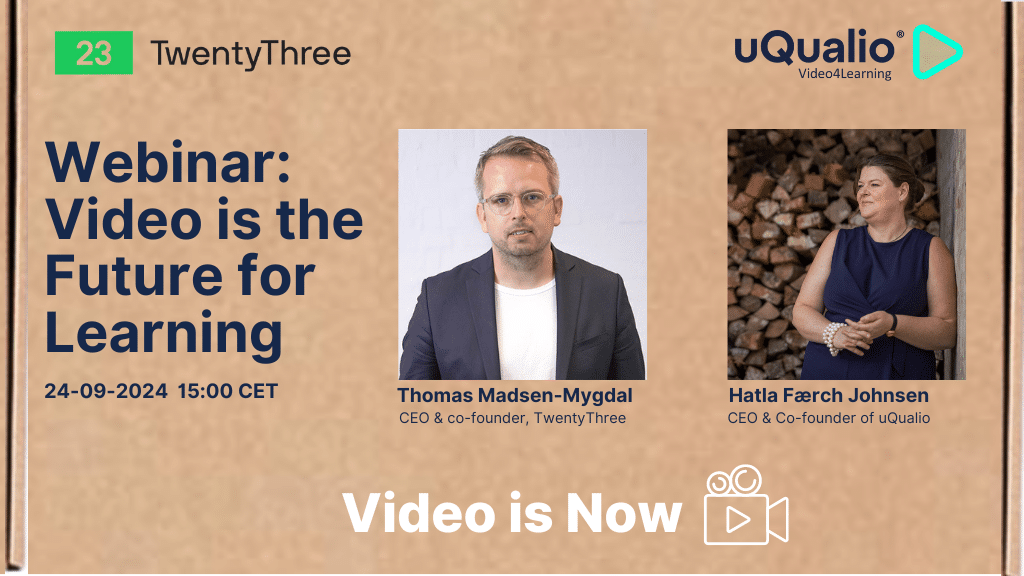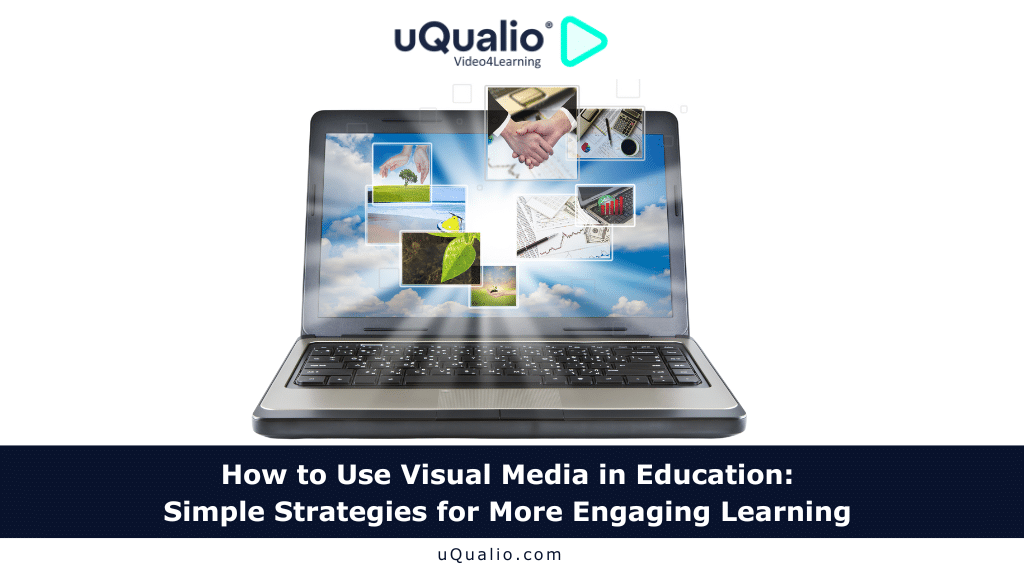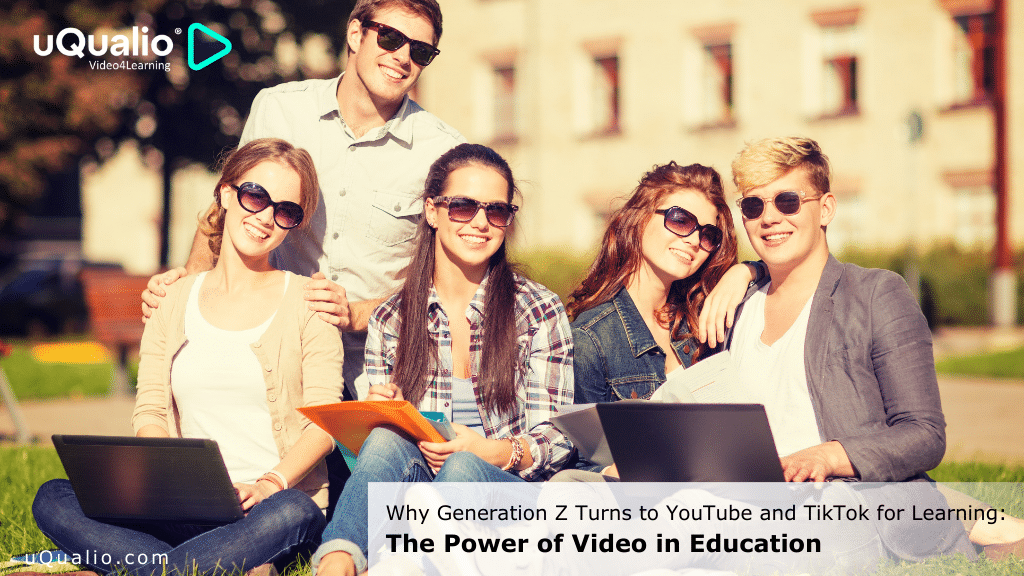Multimodal learning is a teaching approach that utilizes various methods or modes to convey information. By engaging multiple senses — visual, auditory, kinesthetic, and reading/writing — it aims to cater to different learning styles and enhance comprehension and retention.
A white paper by the Metiri Group, commissioned by Cisco, delves into the effectiveness of multimodal learning compared to traditional unimodal methods.
Key insights include:
- Introduction and Context: The report aims to clarify misconceptions about multimodal learning and presents research-backed facts to support effective teaching strategies.
- Debunking Myths: The widely cited “Cone of Learning” percentages are unsubstantiated. Edgar Dale’s original work did not include these figures and was intended as a visual aid.
- How the Brain Functions: Neuroscience supports the dual coding theory, showing that combining visual and textual/auditory information enhances learning and memory.
- Principles of Multimedia Learning: Principles like the Multimedia Principle (words and pictures are more effective together) and the Modality Principle (animation with narration is better than with on-screen text) are highlighted.
- Meta-Analytic Findings: Studies indicate that multimodal learning leads to better performance in both basic and higher-order thinking skills compared to traditional methods.
- Future Research: More detailed studies are needed to understand the conditions under which multimodal learning is most effective and to differentiate the impacts of various types of interactivity.
The report concludes that while multimodal learning shows promise, learning experiences should be tailored to learners’ specific needs, content, and context for maximum effectiveness.
In today’s educational landscape, multimodal learning strategies are becoming increasingly essential. The paper “Multimodal Learning Through Media: What the Research Says” (https://bit.ly/4djnBVB) by the Metiri Group, commissioned by Cisco, aims to clarify misconceptions about multimodal learning and presents research-backed facts to support effective teaching strategies, incl. a comprehensive examination of the effectiveness of multimodal learning compared to traditional unimodal methods.
What are Key Components of Multimodal Learning
- Multiple Modes: Employing a mix of visual aids, audio elements, hands-on activities, and textual content.
- Learner-Centered: Considering diverse learning preferences and adapting methods accordingly.
- Enhanced Engagement: Creating a dynamic and interactive learning experience.
- Improved Retention: Strengthening memory through multiple sensory inputs.
Examples of Multimodal Learning
- Video tutorials: Combining visual demonstrations, audio explanations, and written instructions.
- Interactive presentations: Incorporating images, videos, and audience participation.
- Hands-on activities: Providing opportunities for learners to physically engage with the material.
- Gamification: Using game-like elements to make learning fun and engaging.
Debunking Myths
The paper begins by addressing common misconceptions about multimodal learning, notably debunking the misleading “Cone of Learning” percentages. These percentages, often cited to suggest how much we retain from different learning methods, were never part of Edgar Dale’s original work and were intended merely as a visual aid, not as empirical data.
How the Brain Functions
The paper delves into the science of learning, explaining that the brain processes visual and auditory/textual information through separate channels. This concept, known as dual coding theory, supports the idea that combining visuals with text or speech enhances memory and understanding more effectively than using text alone. Neuroscience supports the dual coding theory, showing that combining visual and textual/auditory information enhances learning and memory. For example, learners who engage with both visual and auditory content are more likely to remember and grasp complex concepts.
Dual Coding Theory
The brain processes visual and verbal information through separate but interconnected channels:
- Visual Channel: Processes images and graphics.
- Verbal Channel: Handles spoken and written language.
When information is presented through both channels simultaneously, it creates stronger mental connections, enhancing memory and understanding. For example, seeing an image of a tree while hearing or reading the word “tree” helps the brain link the visual and verbal information, improving retention.
Benefits of Dual Coding
- Enhanced Memory: Multiple pathways for retrieving information.
- Improved Comprehension: Visual aids clarify complex concepts.
- Increased Engagement: Multimodal presentations capture and maintain attention better than single-mode presentations.
Neuroscience Insights
Brain imaging studies show that different brain areas are activated for visual and verbal information. When both types are used together, there is increased neural activity and stronger connections, enhancing learning outcomes.
Practical Implications for Education
Educators can leverage these insights by:
- Combining Text and Images: Pairing written explanations with images for better retention.
- Using Animations and Narrations: Preferring narration over on-screen text in digital learning to reduce cognitive load.
- Interactive Multimedia: Utilizing tools that engage multiple senses, like educational software and simulations, for active learning.
In summary, multimodal learning taps into the brain’s natural processing abilities, leading to improved memory, comprehension, and engagement by integrating visual and verbal information effectively.
Principles of Multimedia Learning
Several key principles of multimedia learning are explored in the paper, including the Multimedia Principle, which asserts that using both words and pictures is more effective for learning than words alone, and the Modality Principle, which finds that animation with narration enhances learning more than animation with on-screen text. These principles highlight that the effectiveness of multimedia learning depends on factors such as the learner’s prior knowledge, the complexity of the content, and the design of the multimedia elements.
Multimedia learning involves using text, images, audio, and video to enhance education. Key principles for effective multimedia learning include:
- Multimedia Principle: Learning is improved when words and pictures are used together rather than words alone.
- Spatial Contiguity Principle: Students understand better when related words and pictures are shown close together.
- Temporal Contiguity Principle: Learning is enhanced when visuals and audio are presented simultaneously.
- Coherence Principle: Removing unnecessary words, pictures, and sounds helps students focus and learn better.
- Modality Principle: Using animation with spoken narration is more effective than with on-screen text.
- Redundancy Principle: Avoiding the repetition of information in different forms prevents confusion.
- Individual Differences Principle: These design effects are particularly helpful for learners with less prior knowledge.
- Individual Differences Principle: Design effects are more effective for learners who are good at visualizing spatial information.
- Direct Manipulation Principle: Directly interacting with learning materials can enhance understanding.
Meta-Analytic Findings
The report’s meta-analytic findings reveal that students engaged in multimodal learning methods outperform those using traditional, unimodal approaches. Interactive multimedia, in particular, shows significant improvements in learning outcomes and performance in both basic and higher-order thinking skills compared to static traditional learning methods.
Key points include:
- Better Outcomes: Multimodal learning enhances both fundamental understanding and advanced cognitive skills, such as problem-solving and critical thinking.
- Interactive Benefits: Interactive multimedia tools, like simulations and educational games, provide greater improvements in learning outcomes compared to static methods such as textbooks. They offer hands-on experiences that deepen understanding.
- Increased Engagement: Interactive elements make learning more engaging, which helps to sustain student interest and motivation, leading to more active participation.
- Personalization: Multimodal approaches can be adapted to individual learning styles, offering customized experiences that cater to diverse learners’ needs and preferences.
- Real-World Application: Interactive tools often simulate real-world scenarios, helping students apply their knowledge in practical contexts and improving their ability to transfer skills to new situations.
- Immediate Feedback: Many interactive multimedia tools provide instant feedback, allowing students to quickly understand their mistakes and make corrections, which accelerates the learning process.
- Enhanced Retention: The combination of different media and interactive experiences helps reinforce learning, making it easier for students to remember and apply information over time.
Overall, integrating a mix of media and interactive elements into education not only makes learning more dynamic and engaging but also leads to more effective and lasting educational outcomes compared to traditional, single-mode methods.
Future Research
Looking forward, the paper calls for further research to explore the specific conditions under which multimodal learning is most effective and to differentiate between various types of interactivity, such as collaborative versus software-based interactions.
Summary
In summary, while multimodal learning strategies show substantial promise for enhancing educational outcomes, it is crucial for educators to design learning experiences that cater to the specific needs of learners, the nature of the content, and the context in which learning occurs.
Achieve Effective & Affordable Video Training
– uQualio is an award-winning, easy-to-use, all-in-one NextGen LMS software for any types of online video training.

